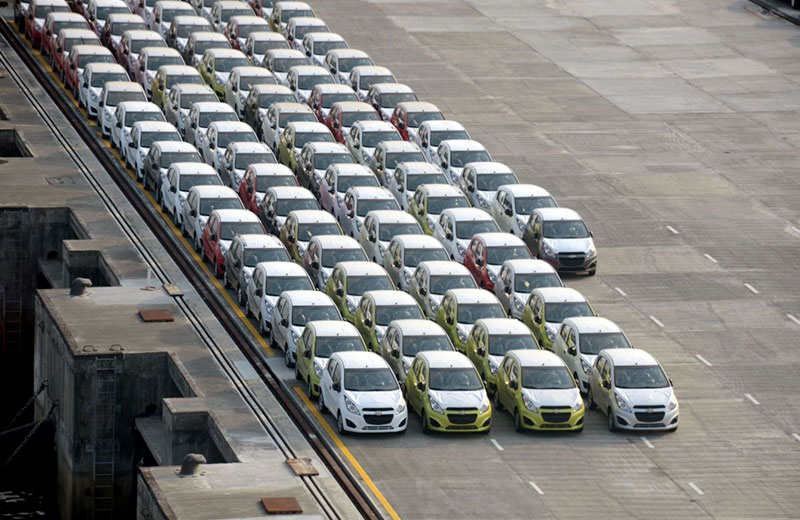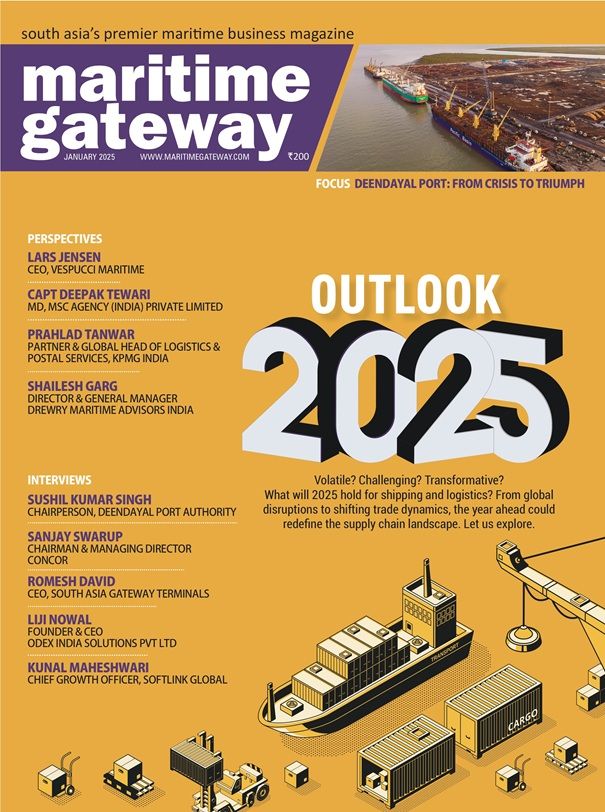[vc_row][vc_column][vc_column_text]
In order to encourage the domestic coastal movement of cargo, especially automobiles, by Ro-Ro ships from Mumbai, the Mumbai Port Trust (MPT) announced reducing wharfage charges by about 60% and further reduction of 10% in shipping charges. This will help in bringing down the cost of cars/truck which may be passed on to the end consumers by the companies.
The move is expected to encourage movement of domestic cars/ trucks from the manufacturing places such as Chennai, etc to Mumbai, Pune, Nashik to southern and eastern parts of India. At present, these movements take place by road, the shipping ministry officials said. On an average, Mumbai port handles about 200 vessels per year, the MPT officials said.
“This will also reduce congestion on roads and would be not only a cheaper option but also environmentally preferred option as it reduces carbon footprint. This would also facilitate faster movement of vehicles meant for distribution and export.” reads a statement released by Ministry of Shipping.
“It will help in two ways. One the cars/truck manufactured in south Indian cities like Chennai can be shipped to Mumbai, and from Mumbai to other nearby cities by other modes of transport. Similarly, Pune and Nashik have four big car manufacturing units from where it can be transported to South or eastern Indian cities,” said senior deputy traffic manager (business development), Gautam Dey. “The Ro-Ro services is at a very nascent stage in India and there is a big scope for growth,” he said. According to Dey, Link Shipping, a logistics company, has so far showed interest in developing the Ro-Ro services.
The development is part of the government’s plan to develop coastal economic zones by reviving the country’s coastal transport potential. It includes development of last-mile connectivity through other modes of transportation like railway and roads so as to provide connections till the port terminal.
A similar Ro-Ro vehicles facility was first started at Chennai port due to its proximity to the production facility of Hyundai. However, the connectivity is only till Mundra port. Pune and Nashik are hubs of car manufacturing in western India with Mahindra, General Motors, Volkswagen and Tata Motors factories in the region.
According to a report by Tata Strategic Management Group released in 2013, India’s long coastline, spanning 7516.6 kilometres, is serviced by 13 major ports (12 government and 1 corporate) and 187 notified minor and intermediate ports. These ports account for nearly 90% (by volume) of India’s international trade. Yet, coastal shipping accounts for only 6% of the country’s total domestic freight (on a tonne-km basis). Further, waterways are 50% cheaper than road and nearly 30% cheaper than rail.
As per estimates by Indian Brand Equity Foundation, the Indian auto industry is one of the largest in the world accounting for 7.1% of the country’s gross domestic product. Domestic sales of passenger vehicles grew by 8.13% in April 2015-January 2016 over the same period last year. Within passenger vehicles, cars rose by 10.18%, during April-January 2016 over April-January 2015.
Domestic sales of commercial vehicles rose 9.43% in April-January 2016 over the same period last year. Sales of medium & heavy commercial vehicles increased 30.19%.
[/vc_column_text][/vc_column][/vc_row]







